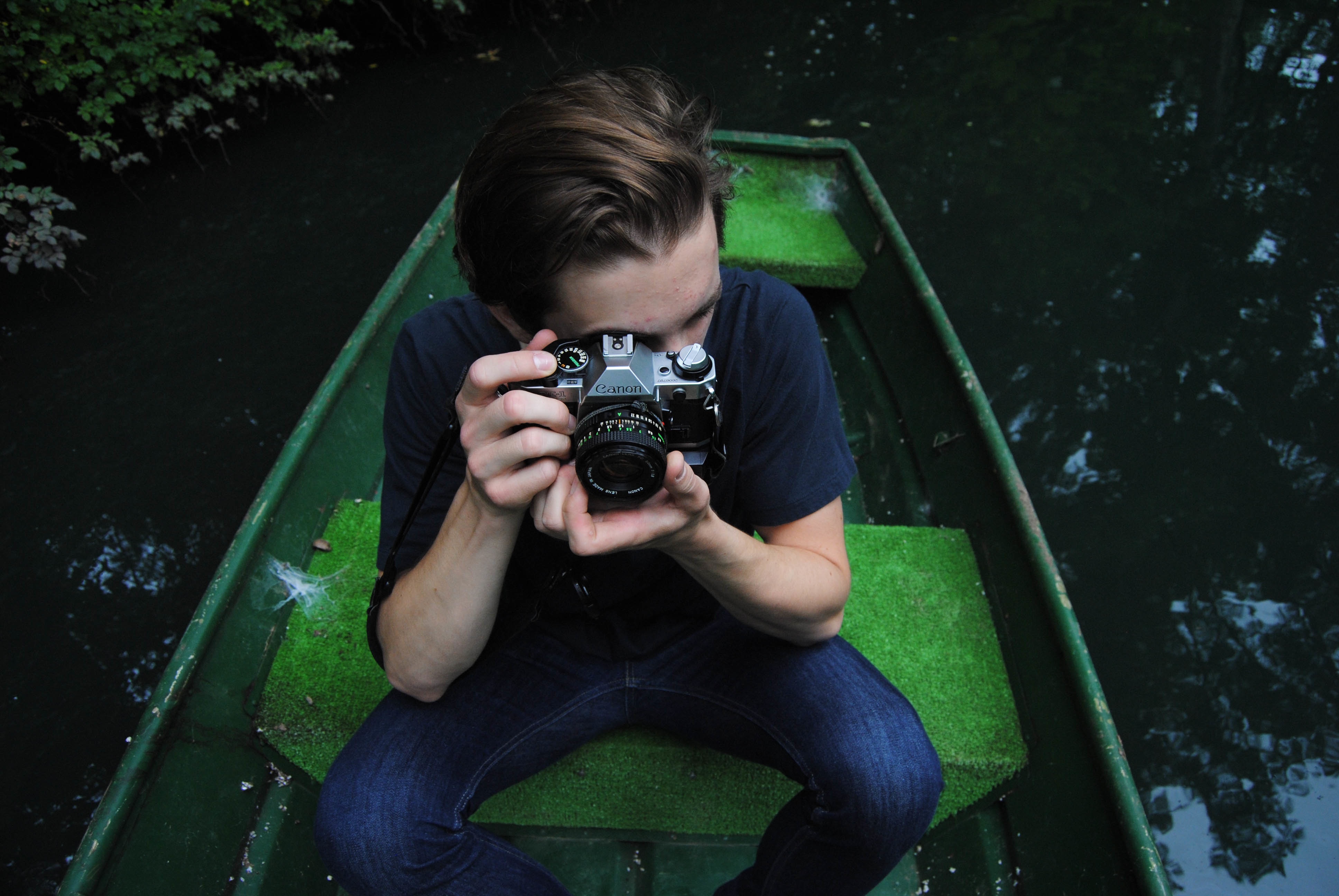
‘All the gear. No idea,’ a popular adage in today’s kit-rich world of people heading out into nature. But now it’s time to flip the famous quotation on its head. Whether you’re up to your knees in mud, employing all of your fieldcraft to get closer to that perfect full-frame deer shot in the field at the end of your garden, or trekking through a tropical jungle in the sweltering heat looking for one of the elusive birds of paradise—having the right idea about the right kit can make or break your next wildlife photograph.
Every shoot has different goals, different challenges and most require a different bag of kit too. But to keep things simple, our resident natural wildlife photographer and cameraman Ryan Atkinson has broken the topic down into two categories: ‘backyard photography’—shoots closer to home— and ‘expedition photography’; remote trips requiring a little more effort when selecting the correct lightweight and versatile array of equipment. With a sprawling and seemingly endless list of options out there, here are Ryan’s key components for the ultimate wildlife photographer’s kit list.
Something to take your picture with.

DSLR, Bridge, P&S, it’s easy to get confused with all the different names for today’s camera gadgetry but simply put, if you’re serious about your photography a digital SLR (single lens reflex) camera is the way forward. Large sensors, swappable lenses, and a viewfinder that shows you the exact frame of the photo makes this choice a no brainer. If you’re heading off on a longer trip or expedition, you might want to think about a spare camera body. Sat watching an eagle soaring in front of a stunning sunset… next to a broken camera and far from help is the last situation you want to find yourself in.
Something to see your animal with.

Without a doubt, this is the most important element of your photography kit. A good camera is only as good as the lens you put on it, and this is where you should invest the lion’s share of your money. For wildlife, think along the lines of big zoom lengths and nice ‘fast’ lenses (meaning low f-stop numbers in the lens title). This will help you get up close and personal with your favourite subjects whilst still allowing enough light in to capture even the most skittish of animals at dawn and dusk.
Something to hold your camera with.

Working with long lenses and often fast moving animals is an art that needs practice. However, when you’re trying to track a cheetah running across the savannah from 300m away, a stable tripod and fluid gimbal head will always make a huge difference to your reaction speed and the sharpness of your images. Take a look at the carbon fibre options available on the market, as all this weight from the camera and big lenses will already be starting to add up.
Something to find your animal with.

Every serious wildlife photographer needs a good pair of binoculars and for the ultimate wildlife photographers’ kit list there are few serious choices—one of the best out there being Swarowski Binoculars. Whilst the price tag is fairly large for everyone’s budget, spending a few hundred pounds on something that’s waterproof, dustproof, fogproof, and rainproof is a decision you won’t regret. There’s little worse than that sinking feeling of dropping your unsealed bins into a rainforest river and knowing they’re done for.
Something to carry it all in.

A photographer can spend a lifetime trying to find the best bag for the job, and like many of my pro friends, I’ve got an entire garage full of camera bags that weren’t quite right. Until recently… A new brand of camera bags called F-Stop have begun to filter out onto the market. It’s a simple concept really. Make the backpack and the camera bag two separate things. This modular system offers the perfect versatility for ever-changing wildlife photography kit lists. Happily carrying all of your cameras, a good bag needs space left for clothes, food and extras whilst being comfortable for long treks too. On top of that, it’s made of tough and weather-resistant fabric that’ll keep all that expensive new kit safe, even in the worst of conditions.
